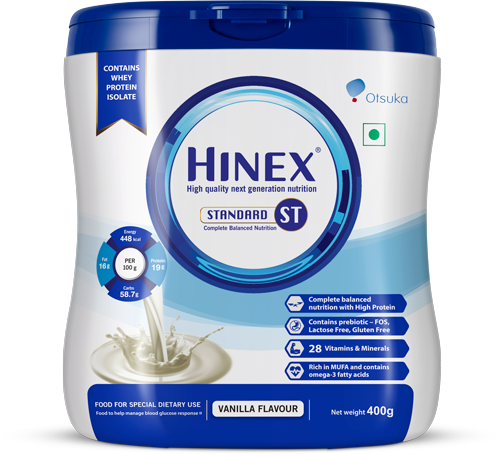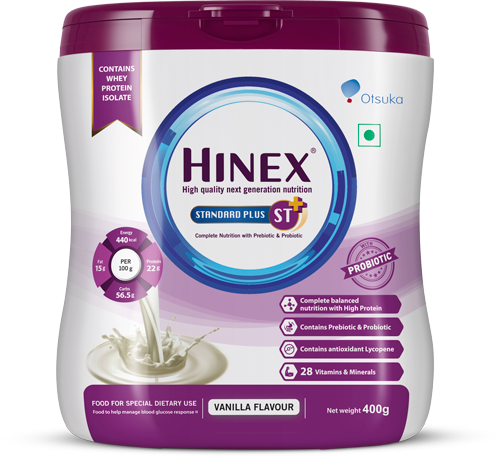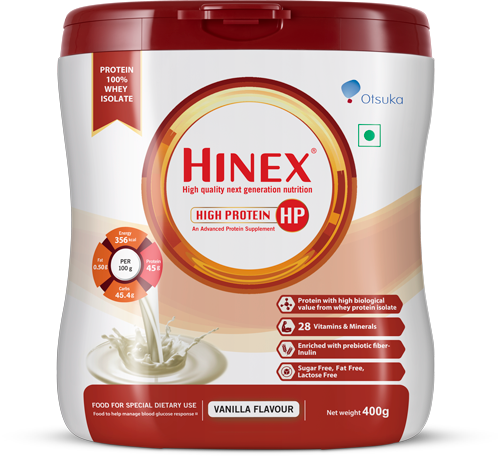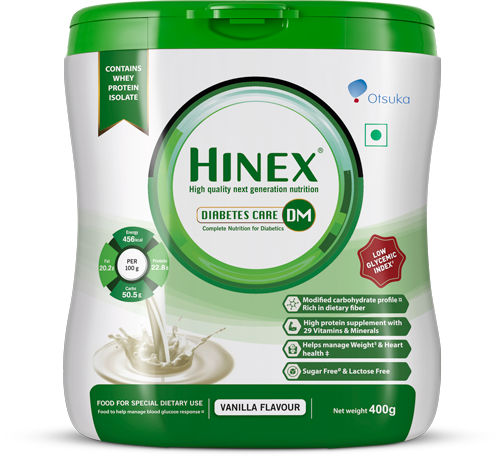Whey Protein Supplements: The Complete Guide to Benefits, Usage, and Health Impact

Whey protein supplements are among the most popular dietary supplements worldwide, especially in the fitness and health communities. Derived from milk during the cheese-making process, whey protein is a complete protein containing all nine essential amino acids required by the human body. It is valued for its quick absorption, muscle-building properties, and overall health benefits. In this blog, we’ll explore the benefits, types, and proper use of whey protein supplements, backed by scientific insights.
What is Whey Protein?
Whey protein is a byproduct of cheese production. When milk is curdled and strained, whey is the liquid portion left behind. It is processed into a powdered form to create whey protein supplements. Being a complete protein, it contains all the essential amino acids, making it particularly beneficial for muscle repair and growth.
Types of Whey Protein:
- Whey Protein Concentrate (WPC): Contains 70-80% protein and retains more beneficial nutrients.
- Whey Protein Isolate (WPI): Has a higher protein content (90% or more) and minimal fat and lactose. Also contains high amount of leucine; an amino acid responsible for muscle mass growth and recovery.
- Whey Protein Hydrolysate (WPH): Pre-digested for faster absorption and reduced allergen potential.1
Benefits of Whey Protein Supplements
-
Muscle Growth and Repair
Whey protein is rich in branched-chain amino acids (BCAAs), especially leucine, which plays a critical role in muscle protein synthesis. It is a favourite among athletes and fitness enthusiasts for enhancing muscle mass recovery and growth after workouts.2
-
Weight Management
Whey protein helps promote satiety, reducing hunger and aiding in weight management. Studies have shown that whey protein can boost metabolism and support fat loss while preserving lean muscle mass.3
-
Boosting Immunity
Whey protein contains immunoglobulins and lactoferrin, which may enhance immune function by supporting the production of antibodies and fighting off infections.4
-
Lowering Blood Pressure
Bioactive peptides found in whey protein, known as lactokinins, may help lower blood pressure, reducing the risk of cardiovascular diseases.5
Who Should Use Whey Protein?
- Athletes and Fitness Enthusiasts: For muscle recovery and enhanced performance.
- Individuals with High Protein Needs: Such as bodybuilders or those recovering from injuries as well as critically ill and burn patients.
- People with Dietary Restrictions: For those who struggle to meet protein requirements through diet alone.
- Elderly Individuals: To prevent muscle mass loss (sarcopenia) and support overall health.6
How to Use Whey Protein
-
Post-Workout Recovery:
Consume 20-30 grams of whey protein within 30 minutes after a workout to maximize muscle repair.
-
Meal Replacement:
Add whey protein to smoothies or shakes for a quick, nutritious meal on busy days.
-
Snacking:
Use whey protein as a mid-day snack to curb hunger and boost energy levels.7
Potential Side Effects and Precautions
While whey protein is generally safe for most people, excessive use may lead to side effects such as:
- Digestive issues (bloating, gas, or diarrhoea), particularly in those who are lactose intolerant.
- Kidney strain if consumed in extremely high amounts over a prolonged period.
To avoid complications, always adhere to recommended serving sizes and consult with a healthcare professional if you have pre-existing health conditions.8
Conclusion
Whey protein supplements are a versatile and effective way to meet your protein needs, whether your goal is muscle growth, weight management, or overall wellness. By choosing high-quality whey protein and using it appropriately, you can unlock its full benefits and support your health journey.
Ready to elevate your fitness and health routine? Explore Hinex’s premium whey protein supplements, crafted to deliver maximum nutrition.
References
- Whey Protein Basics – NIH. Available at: https://ods.od.nih.gov/, accessed on: March 19, 2025
- The Role of Whey Protein in Muscle Growth – PubMed. Available at: https://pubmed.ncbi.nlm.nih.gov/, accessed on: March 19, 2025
- Whey Protein and Weight Loss – WebMD. Available at: https://www.webmd.com/, accessed on: March 19, 2025
- Whey Protein’s Role in Immunity – NIH. Available at: https://ods.od.nih.gov/, accessed on: March 19, 2025
- Cardiovascular Benefits of Whey Protein – PubMed. Available at: https://pubmed.ncbi.nlm.nih.gov/, accessed on: March 19, 2025
- Protein Needs Across Different Populations – Harvard Health. Available at: https://www.health.harvard.edu/, accessed on: March 19, 2025
- How to Use Whey Protein: A Guide to Timing and Dosage – Healthline. Available at: https://www.healthline.com/nutrition/whey-protein-101, accessed on: March 19, 2025
- Safety and Side Effects of Whey Protein – Mayo Clinic. Available at: https://www.mayoclinic.org/, accessed on: March 19, 2025

 Buy Now
Buy Now Buy Now
Buy Now



